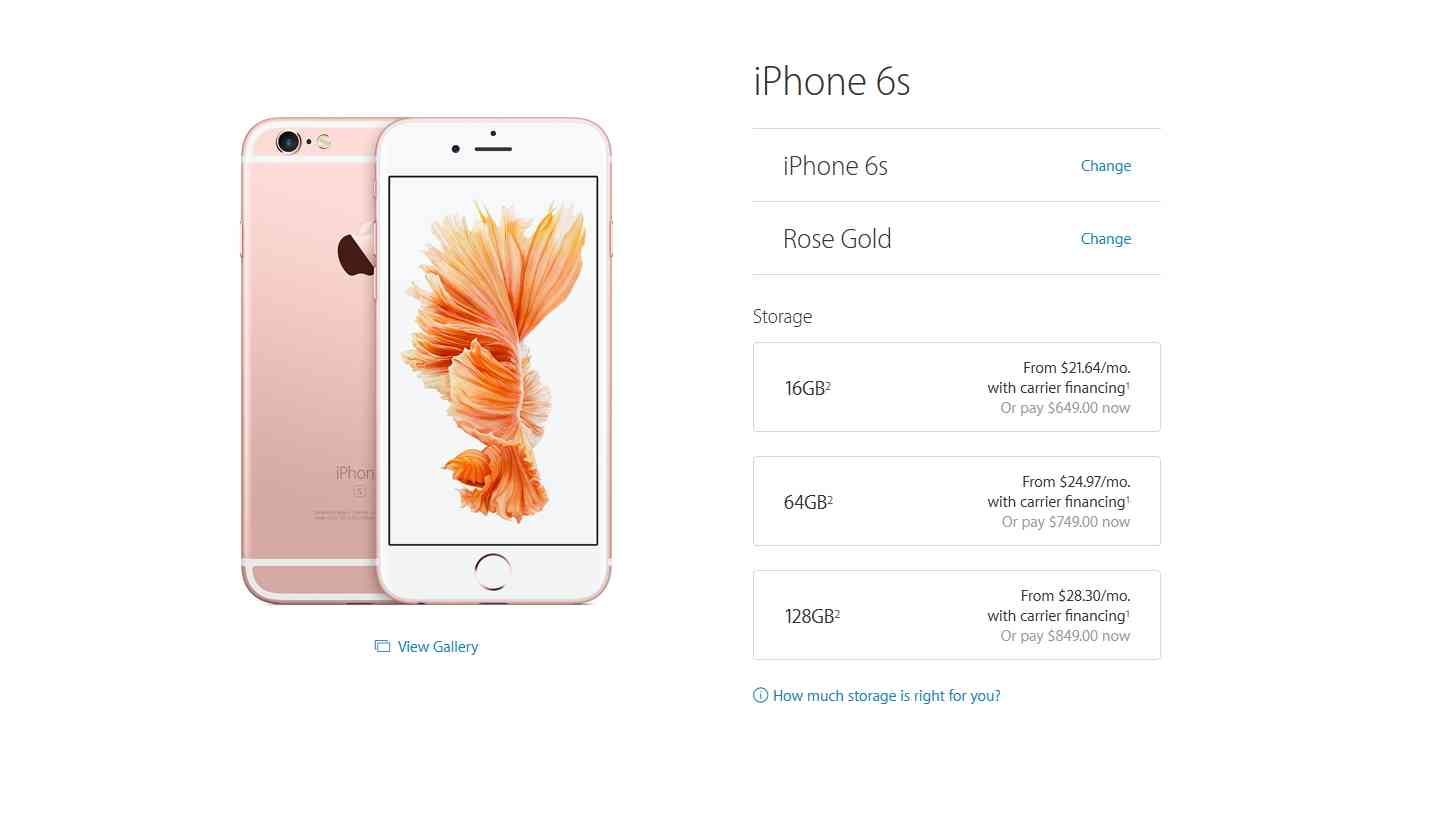
Storage in smartphones has come a long way in a short amount of time since its inception. My first Android device, the Samsung Vibrant for T-Mobile, featured 16GB of internal storage with microSD card support. At the time the amount of internal storage was astonishing, especially considering some flagship devices still used less than 1GB of internal memory - a common occurrence at the time, and a huge step up from any of the BlackBerry or Windows Mobile devices I had used prior. And for the same (subsidized) price you could buy the Samsung Vibrant for, you would only get 8GB of memory with the iPhone 4, which was released that same year. This was back in 2010.
It has been almost 6 years since the release of the Vibrant, and it still isn’t uncommon to see 16GB of internal storage used as the base amount in some flagships. Some companies (I’m looking at you, Apple) still find this to be an acceptable amount. But as technology and development in smartphones keep expanding it’s clear that 16GB just isn’t cutting it for most people long-term anymore. Despite the high-quality cameras, expansive app selection, and plethora of music applications that allow for the use of “Offline Listening” by downloading playlists to your phone’s memory, 16GB is still expected to handle that in some situations.
Even when microSD card support is added in, it feels like 16GB of storage is ancient. After all, smartphones exist with up to 128GB of internal storage at this point. Why is the new norm not 32GB across the board yet? And with news surfacing that Samsung has created a 256GB UFS (Universal Flash Storage) 2.0 chip for smartphones, will we finally see the disappearance of 16GB of memory in flagships in the near future?
I certainly hope so.
Despite the remedies (such as cloud storage) and excuses made for phones that feature such a small amount of storage, I can’t help but feel that having storage on the device itself is better. While I’ve resorted to using the cloud and have tried to convince myself that it is a fine alternative, it still grinds my gears knowing that I’m entrusting my documents and information to somebody else. Even if those documents don’t hold anything truly important, it’s just the principle of the thing. It doesn’t feel right to me.
I’m sure that this anger towards 16GB internal storage spawns from my iPhone 6, but I know other high-end phones have the same problem. When I got the dreaded “Low Storage” notification again today, I realized that I don’t think I can handle 16GB internal storage anymore. My next daily driver is going to have to feature more, which is what leaves me conflicted.
While I’m a fan of most operating systems for one reason or another, iOS has been working out pretty well for me thus far. But if the iPhone 7 were still to be released with a base 16GB of storage in tow, I don’t know if I could support the cause. While $100 more for 64GB of storage is nice, I just don’t think it was a good idea to nix the 32GB option in favor of 16. And while I’d like to sit here and say I’m certain that Apple will raise the bar to 32GB this year, the past two years where "I've had a good feeling about it this year, guys!" have proved me wrong. I have no reason to believe that it will happen this year either. If anything else it will be a pleasant surprise, but I digress.
I have no qualms with 16GB of storage remaining in phones that are priced appropriately for it. There is definitely a place for 16GB of storage in the smartphone industry, but that place is no longer with flagships. Here’s to hoping that 2016 is the year that 16GB of storage in flagships is the last year it will happen.